|
| OO Scale | N Scale | G Scale | Z Scale | HO Scale | Slot Cars & R⁄C |
| |||||||
|
|||||||
| Home Page | |||||||
| BUY GIFT VOUCHERS | |||||||
| Products | |||||||
| Latest News | |||||||
| RIGHT LINES | |||||||
| Bargains | |||||||
| Downloads | |||||||
| Events | |||||||
| Careers & Jobs | |||||||
| Carriage Services | |||||||
| About Us | |||||||
| Contact Us | |||||||
| Pay Us A Visit | |||||||
| Meet The Staff | |||||||
| Links | |||||||
| SHOPPING BASKET |
Your shopping basket is empty. To add an item, click the "Buy" button
| YOUR ACCOUNT | ||
|
||||
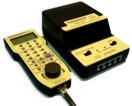 |
||||
| Prodigy Advance Digital System |
||||
| Cased Controllers |
||||
| Panel Mount Controllers |
||||
| Walkabout Controllers |
||||
| Modules & Transformers |
||||
| Scenics & Accessories |
||||
| Wiring & Electrical Components |
||||
| Tiny Signs | ||||
| Tools | ||||
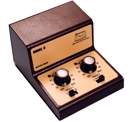 |
||||
| O Scale | Wargaming | Architectural | Narrow Gauge | Tools+ | ||
A History of Japanese Railways
Part 1

STUART JORDAN looks at the development of railways in Japan.
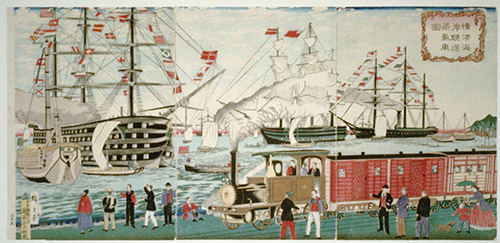
Yokohama Docks in 1874.
In the late 1800s Japan opened itself up to the world after 250 years of enforced isolationism. Concerned about how far behind the Western world they were, the Japanese government decided on a policy of rapid modernisation to close the gap.
The first railways in Japan were, coincidentally, model railways brought by European advisors and traders. These inspired the Japanese to look to railways to bring military and economic prosperity to the country.
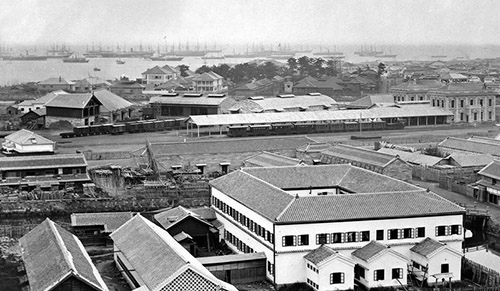
Yokohama Station in 1872.
The Meiji Restoration saw the power of the isolationist shogunate returned to the Emperor, and he moved the capital to Tokyo (Eastern Capital). After a demonstration of the locomotive ‘Iron Duke’ by Scottish merchant Thomas Blake Glover the Japanese government decided to build a railway between the capital and the busy port of Yokohama – using British finance and European technical advisors to train Japanese workers. The first line between Shimbashi and Yokohama opened on 12th September 1871, with nine round trips daily.
A British engineer, Edmund Morel, built the first railway on the island of Honshu. Morel’s experience with building railways in the similar terrain in New Zealand saw Japan adopt 3ft 6in Cape Gauge, rather than the more widespread (in usage and size) 4ft 8.5in Stephenson Gauge. Joseph U. Crowford, an American, built a coal mine railway – the first line on Hokkaido – in 1880, and the German engineer Herrmann Rumschottel built the first railway on Kyushu.
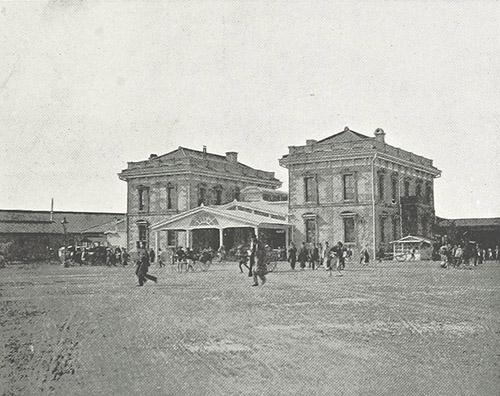
Shimbashi Station in Tokyo in 1899.
The network expanded over the next decade, linking the port of Kobe to Osaka and beyond, and there was a wide use of canals and waterways to link lines - including between the islands of Japan. In 1886 it was decided that building a line through the mountainous interior of the country would be too expensive, so the Tokaido mainline between Tokyo and Kobe was built along the southern coast. Although this line was longer than the direct route it was much cheaper to build, with fewer gradients or tunnels required.
The Japanese railways expanded in much the same way as they did in the British period of ‘Railway Mania’. Small privately-owned lines sprung up all around the country, with very little planning involved to reach a wider objective. In 1892 the government produced the Railway Construction Act, a list of priority routes to be built. Private construction of these routes would be encouraged, with the government picking up the bill for the routes which were not commercially attractive.
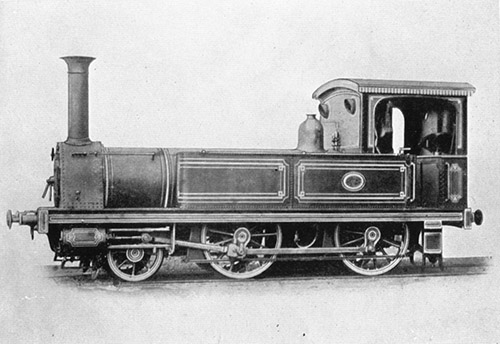
Vulcan Class 150 Steam Locomotive made by the Vulcan Foundry in Lancashire, whose locomotives were exported around the world. This locomotive ran on the first rail line in Japan described above.
The priorities were set out depending on economic or military importance, with the ultimate aim that each prefecture would be served by the railway. By 1905 around 80% of the network was privately owned, and some politicians pushed for privatisation – however various factors meant that the government could not afford to acquire the whole network at this time.
Similar to the ‘Big Four’ in the UK, the Japanese rail network was consolidated into five main private railway companies - San'yo Railway, Kyushu Railway, Hokkaido Colliery and Railway, Kansai Railway and Nippon Railway.
Nationalisation did happen though, in 1906. Due to problems with troop movements during the Russo-Japanese War, caused by the jumble of ownership of the railway network, the Military lobbied hard for nationalisation. All of the main routes were taken over by the government, but the building of private local lines was still encouraged to open up remote communities.
Production of locomotives in Japan now commenced, whereas previously locomotives were imported from Europe or the United States. Japan began developing railways in their territories across East Asia.
At the beginning of World War II, the railways came under complete military control, with many more lines now nationalised and consolidated into larger companies. During the war passenger services were reduced to allow more military trains to run, and some track was even pulled up in order to reach the demand for steel.
The railways in Japan were severely damaged by US strategic bombing, and in the next article we will look at Japan’s post war recovery and the effect this had on the railway network.
Modelling Japanese Railways
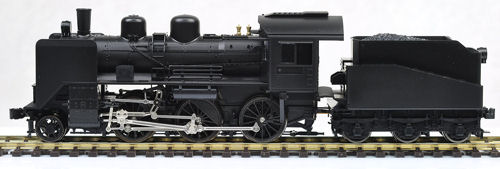
Kato produce Japanese outline locomotives, rolling stock, and scenery in HO and N Scales.
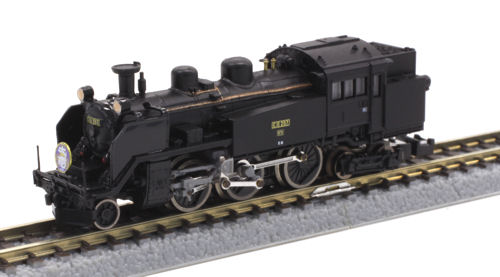
Rokuhan produce Japanese outline locomotives, rolling stock, and scenery in Z Scale.

Tomytec produce Japanese outline locomotives, rolling stock, and scenery in N Scale.
|
We are always looking to make improvements to our website to try and improve the quality of your visit. We would welcome your feedback and suggestions, so please do not hesitate to e-mail our webmaster with your comments. Alternatively call us on 01903 884488.
Home Cookies Privacy Statement Terms & Conditions Site Map Site Guide
WEEE Regulations Glossary Careers & Jobs
Tel – +44 (0) 1903 884488 Fax – +44 (0) 1903 884377 E-Mail us – click here
Gaugemaster.com is a trading name of Gaugemaster Controls Ltd.
Registered in England No. 2714470, Registered office:
Gaugemaster House, Ford Road
Arundel, West Sussex, BN18 0BN, United Kingdom
VAT Reg. No. 587 8089 71
Copyright © 2003-2014 Gaugemaster Controls Ltd. All Rights Reserved.


















